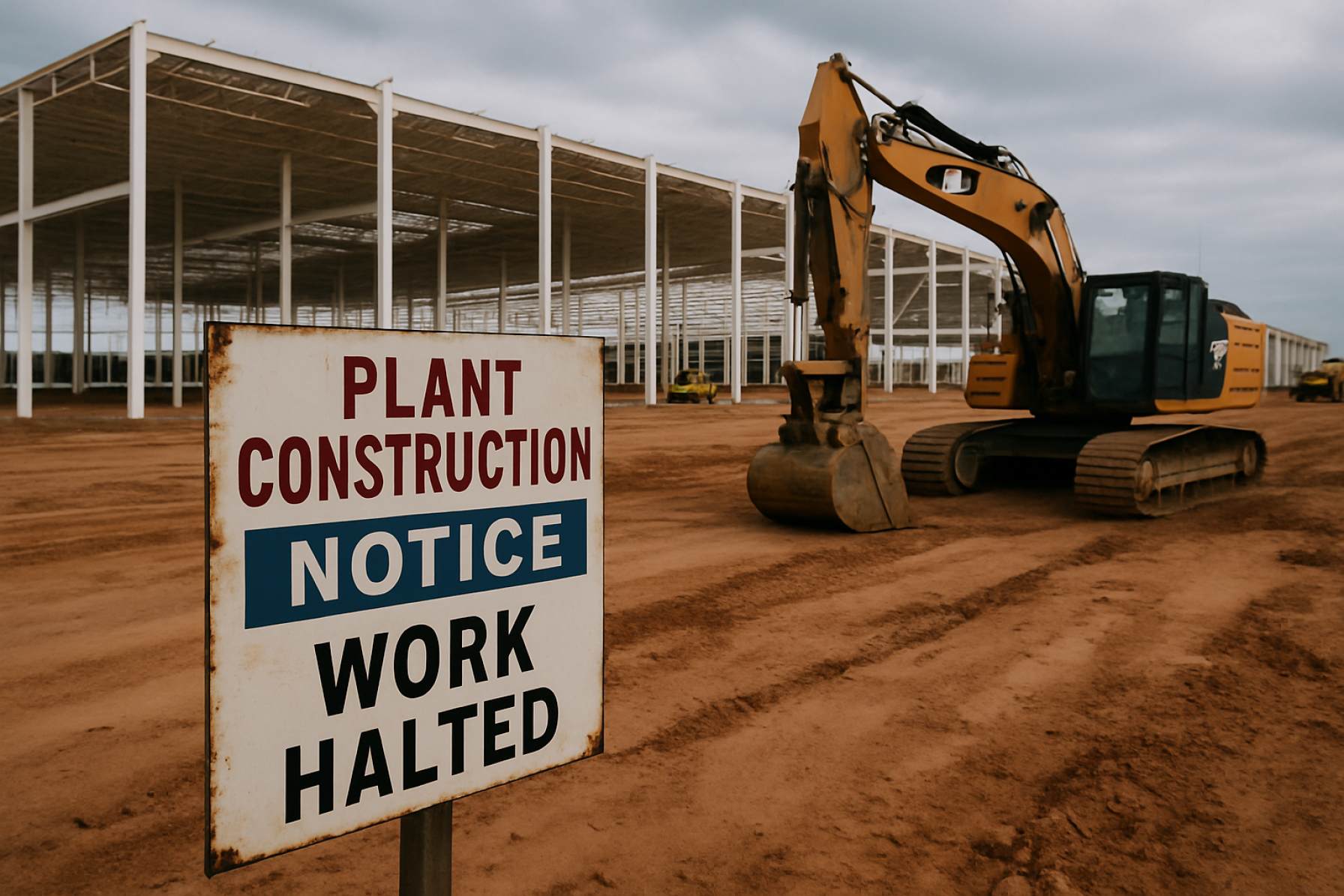Electric Shock: AESC Freezes South Carolina Battery Factory, Casting Uncertainty Over 1,600 Jobs and BMW’s Supply Chain
EV battery giant AESC pauses $1B SC factory due to market shifts, raising concerns for 1,600 jobs and BMW’s supply chain in 2025.
- $1.6 billion total investment planned for the Florence facility
- 1,600 jobs expected to be created when construction resumes
- Over $1 billion already invested to date
- Key supplier to BMW’s Spartanburg County operations
AESC, a global leader in electric vehicle (EV) battery production, has abruptly suspended construction of its much-anticipated South Carolina facility. The announcement comes as the EV market faces fresh waves of uncertainty, sending shockwaves through local economies, major automakers, and green tech enthusiasts alike.
The Florence County plant—seen as a key driver for the state’s EV boom—was poised to produce next-generation batteries for BMW in Spartanburg and fuel rapid growth in America’s electric car sector. But with over $1 billion already sunk into the project, the company says shifting policies and unpredictable market conditions have forced a sudden pause.
Why Did AESC Put the Brakes on Construction?
Instead of direct commentary, AESC’s message to officials paints a picture of a volatile EV landscape in 2025. Factors like fluctuating demand, evolving government incentives, and ongoing supply chain headaches have made it tough to predict ROI for such massive projects.
At the heart of the pause lies a domino effect: uncertain state and federal incentives, global market shakiness, and rising competition from Chinese and European battery makers all play a role. Industry-watchers see the move as a warning sign for other massive green tech investments.
What Does This Mean for South Carolina and BMW?
The stakes are high. AESC promised up to 1,600 new jobs and a $1.6 billion cash infusion for Florence County. Local leaders and workers counting on those roles now face a worrying limbo.
For BMW, the disruption threatens to complicate production at its flagship Spartanburg facility, one of BMW‘s largest EV output centers worldwide. If the battery supply bottleneck persists, delays and cost spikes could ripple through the American auto industry.
How Long Will the Construction Pause Last?
AESC officials stress the suspension is temporary, predicting work will resume “once circumstances stabilize.” Still, experts caution that market stabilization could take months—or even years—depending on economic headwinds and the outcome of U.S. policy debates on EV subsidies.
In the meantime, AESC affirms its “full intent” to fulfill commitments: investing the full $1.6 billion and delivering jobs as promised when the clouds clear.
Are Other EV Projects at Risk?
The AESC pause comes as the latest tremor in a series of slowdowns and rethinks within the American EV supply chain. Industry analysts flag it as a red flag for similar mega-investments, especially in regions banking on clean-tech job creation.
With the federal government and automakers like Ford and GM pushing for EV market dominance, the road ahead depends on stable incentives and consistent consumer demand.
How Can Communities and Workers Prepare?
Experts urge communities to diversify their local economies, invest in workforce retraining, and keep open lines of communication with both state leaders and incoming manufacturers. Policymakers are watching closely, hoping to revamp incentives and steady the market.
Stay Informed & Get Ready for Industry Changes!
- Monitor official updates from AESC and South Carolina economic agencies
- Advocate for clear EV policies with your representatives
- Explore retraining programs to stay ahead in green jobs
- Follow developments from automakers such as BMW, Ford, and GM
As the EV revolution accelerates, staying nimble and informed will give workers, businesses, and communities the best chance for success—no matter which way the market shifts.
